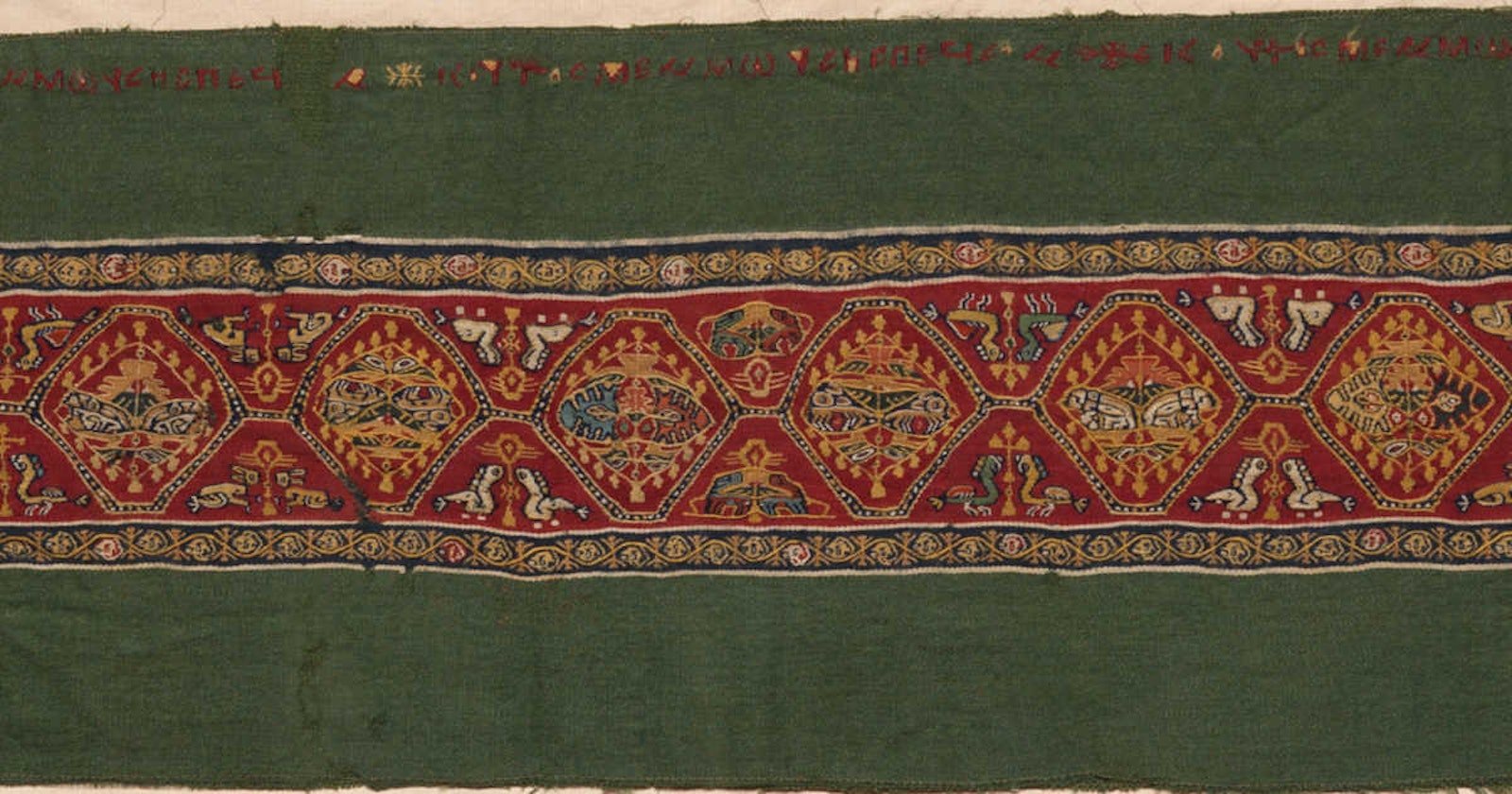A couple years ago, I was lucky enough to visit the George Washington University Museum and Textile Museum in Washington, D.C. The exhibit I saw was absolutely splendid, and I was very impressed by all the textiles and textile-adjacent items on display. It looks like I need to plan another trip, though, because a great museum just got better, thanks to an $18.4 million gift that includes 4,000 textiles as well as an endowment and equipment to support the textile collection from the estate of the late Lloyd Cotsen, former CEO of Neutrogena.
How impressive is this textile collection? According to a press release from the museum, the Cotsen Textile Traces Study Collection includes textiles from “nearly every era and every region in the world including Asia, the Middle East, Africa, Europe and the Americas.” The release also goes on to say that it’s “one of the world’s most significant textile study collections ever assembled by an individual.” That’s pretty darn impressive if you ask me!
Silk velvet textile fragment, maker unknown, from the Safavid dynasty (1502–1736). Cotsen Textile Traces Study Collection, T-0102.
Most exciting for researchers, part of this donation includes creating a designated space for studying these textiles using state-of-the-art equipment. The Cotsen Textile Traces Study Center, as it will be called, will let researchers and students safely handle and study the textiles to help further textile scholarship. In this way, the gift is extraspecial. In addition to supporting the textile collection, the endowment part of the donation will help the museum bring in conferences and speakers and will encourage research, scholarship, and, hopefully, a celebration of textiles.
In the meantime, as the museum gets all the new textiles organized in its collections and starts work on the study center, there are still plenty of good reasons to visit the museum. A Nomad’s Art: Kilims of Anatolia, an excellent exhibit of nomadic weaving, is on display until December 23, 2018. You can also keep an eye on Handwoven magazine for more news on the museum.
Happy Weaving! Christina
Featured Image: A tapestry woven wool and linen shawl fragment inscribed with the message “Jesus Christ bless Moses your servant.” The shawl is from Coptic culture by an unknown maker, 3rd to 5th century CE. Cotsen Textile Traces Study Collection, T-1070


